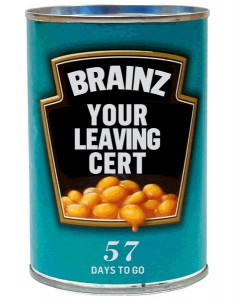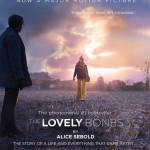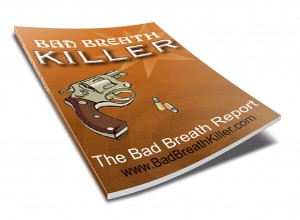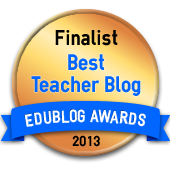[youtube_sc url=http://www.youtube.com/watch?v=0VdyipQ7Yyo]
PLOT
- Provide a slice of life. They usually deal with a single event and therefore have quite a simple plot and take place over a relatively short time span.
- DO NOT begin the story with lots and lots of background details – these need to be worked into the story gradually. DO NOT end the story by summarising what happens to the characters for the rest of their lives.
- Stories are expected to have a clear beginning, middle and end but not necessarily in that order. You can begin at a moment in time but use a flashback to fill in background details or use a flashforward to add tension.
- Try to avoid a predictable ending! (People will remember a good twist)
SETTING
- Where & when the story takes place.
- Clearly describe the surroundings so the reader can imagine being there.
- Try to create a specific mood & atmosphere – lighting, weather conditions, sights, sounds, smells…
CHARACTERS
- Only have 1 or 2 main characters to avoid confusion
- A character’s personality is revealed through what they say, what they do, how they look and from other people’s opinions & attitudes towards them.
- These details need to be revealed gradually and to be worked naturally into the act of telling the story.
- You can also reveal their thoughts and feelings, which gives the reader a greater insight into the character’s true self.
NOTE:
- Writers generally use the PAST TENSE when writing short stories but that’s not an absolute rule. Novels like The Hunger Games and Twilight have created an air of urgency and immediacy by being written in the present tense, however it can be difficult to control. The important thing is not to jump between tenses mid-paragraph.
There is no formula for writing a short story. Some of the best short stories ever written break ALL the ‘rules’. However there are some guidelines you can follow.
When we read a short story we are looking for
- an opening that rouses our curiosity
- a middle that draws us in emotionally
- an unexpected twist at the end
Hemingway once wrote a story 6 words long that contained all three of these elements
“For sale: baby shoes, never worn”
Legend has it he claimed this as his greatest work. Notice also how it manages to reveal something tragic & true about the lives we lead.
Other people suggest that there are four elements to writing a short story:
- EXPOSITION – set the scene, describing the place where the story takes place, introduce the main character(s)
- DEVELOPMENT OF PLOT – usually (but not always) one character wants something. They try to get it but something goes wrong. These complications form the body of the story as a series of events which prevent the main character from achieving his/her aims.
- CRISIS / CLIMAX – often the main character has to make a difficult decision; the climax is the dramatic high point of the story
- RESOLUTION – the conclusion of the story: this is often the hardest bit to write! Many great stories end with a twist, an unexpected event which shocks the reader.
Some people like to tie up loose ends but don’t overdo it – a short story is a slice of a person’s life, not their complete biography.
[youtube_sc url=http://www.youtube.com/watch?v=oP3c1h8v2ZQ]









